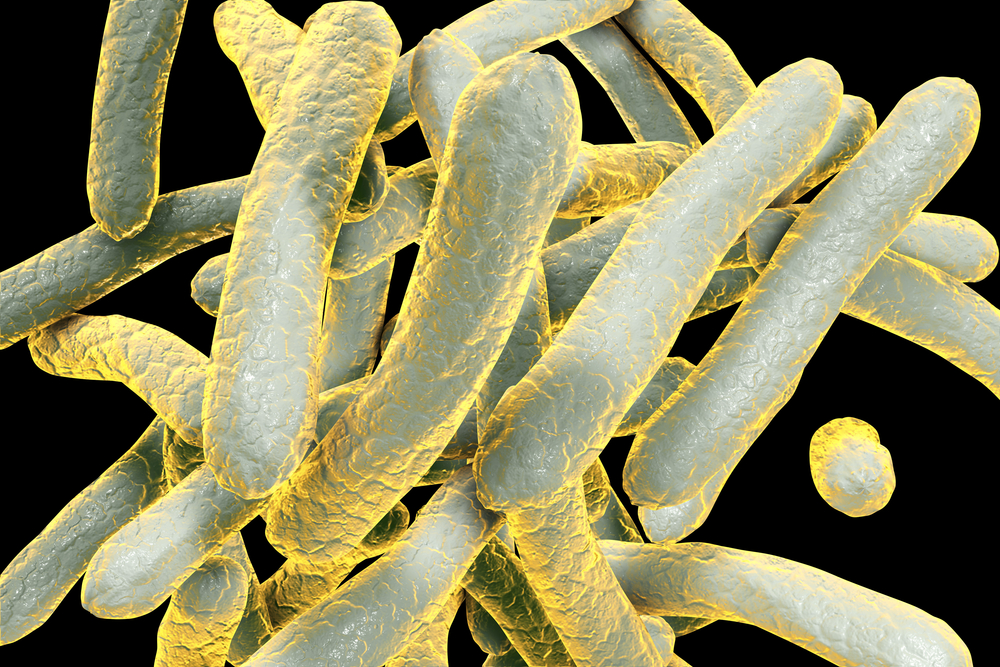
Tuberculosis (TB) is becoming more resistant to antibiotics over time through genetic changes, but researchers at Colorado State University have discovered that a single mutation may affect strains of TB bacteria in different ways.
Specifically, this applies to isoniazid, one of the first-line antibiotics for TB. A slight tweak makes them remarkably effective against TB, and researchers led by Karen Dobos of CSU are working to determine what other effects are tied to that change. Their results thus were recently published in the journal Molecular & Cellular Proteomics.
The researchers looked at the protein KatG, whose loss or reduction in isoniazid can allow TB to move aggressively regardless of antibiotic efforts. They worked with TB strains obtained from a current patient and investigated how the loss of KatG affected other aspects of the bacterial cell, while also examining TB strains developed in a mouse model of infection. The patient and the mouse shared changes in KatG, but the virulence in their strains proved immensely different, with the patient’s disease strain being less deadly than its parent strain, while the mouse’s strain showed little change.
This means that the same genetic change might not work the same way every time, so while it has potential, it might not be as effective as one would hope. The researchers still noted that the research represents a strong candidate for use among patients with isoniazid-resistant infections and hope that it will continue to add to their knowledge of TB and other shared bacteria.




